The Best Homemade Salsa
With over 2,000 5-star reviews you can trust that this is the best salsa recipe ever. It can be served fresh or canned to be shelf stable.
Included in the post is a step-by-step canning guide with tons of tips for proper home canning safety so you can store up jars upon jars of this salsa to last you all year.
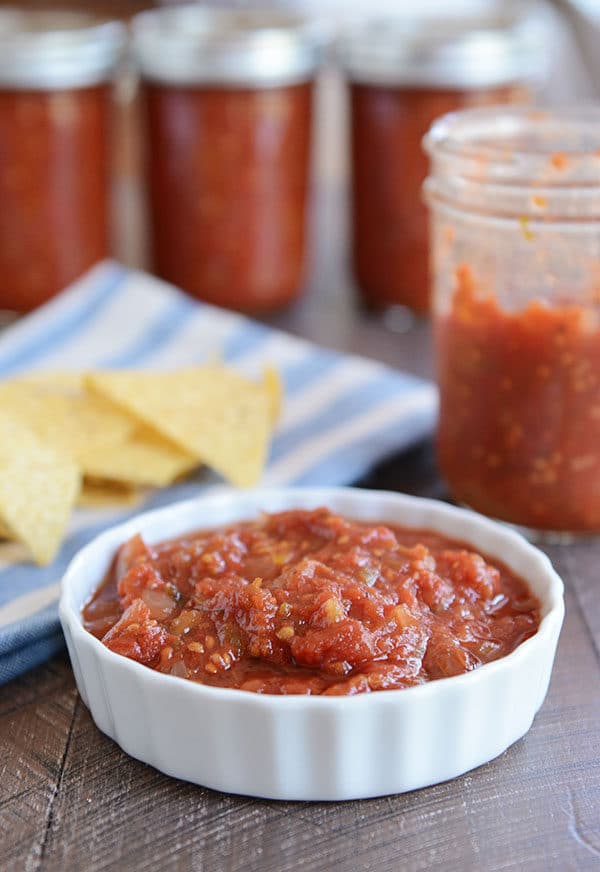
Homemade Tomato Salsa Ingredients
For proper canning safety, this list of ingredients needs to be strictly adhered to. If there are variation options, I have listed them below.
- 10 cups peeled, chopped and drained tomatoes: any variety of tomato can be used; it’s important to let the tomatoes drain after chopping and then measure the tomatoes after draining.
- 3 cups chopped onion: white or yellow onions can be used.
- 1 ¾ cups chopped green bell pepper: any variety of bell pepper can be used. Do not increase the amount of bell peppers in the recipe as it can reduce the pH levels and affect canning safety.
- 1 to 1 1/4 cups finely diced jalapeños: leave the seeds and membranes in for more heat. The amount of jalapeños can be decreased (but not increased above the 1 1/4 cup amount).
- 7 cloves garlic, finely minced: the amount of garlic can be reduced, as desired.
- 2 ½ teaspoons ground cumin
- 2 ½ teaspoons coarsely ground black pepper
- 2 ½ tablespoons canning or pickling salt: if you don’t have canning or pickling salt and would prefer not to buy it, you can use coarse, kosher salt (or experiment with table salt) but make sure it doesn’t have added iodine or any other additives.
- ⅓ cup chopped fresh cilantro: do not increase the amount of cilantro; alternatively, it can be omitted or reduced.
- ⅓ cup sugar: the sugar is optional in this recipe and the amount needed will largely be dependent on the sweetness of the tomatoes and your personal taste preference.
- 1 ¼ cups apple cider vinegar: Don’t alter the amount of acidity (vinegar). You CAN substitute some of the vinegar for bottled lemon or lime juice (keep in mind this will affect the overall flavor; I’ve had good luck subbing in half bottled lime juice for half of the vinegar). DO NOT USE FRESH LEMON OR LIME JUICE.
- 16 ounces tomato sauce: this ingredient is necessary for safe canning/proper pH and is NOT optional (despite what other recipe reviewers have said).
- 12 ounces tomato paste: this ingredient helps thicken the salsa; however, it is OPTIONAL. You can add a reduced amount of tomato paste or omit it completely.
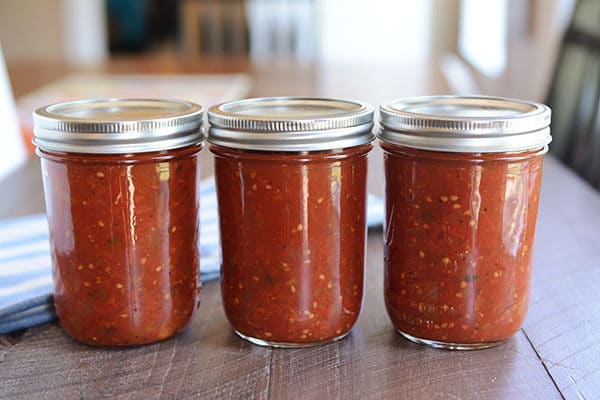
Reminders for Homemade Salsa:
- Use a tested recipe. Canning is a great way to preserve food and keep it on your shelves, but there are many food safety concerns related to canning and it’s important to use a recipe that’s been tested to ensure the pH levels are safe over time. This recipe has been tested for home canning safety in a proper lab.
- The variety of tomatoes doesn’t necessarily matter for this recipe, but the method does. This recipe calls for draining the peeled, chopped tomatoes and you’ll definitely want to follow this step otherwise your salsa will be watery.
- Peeling tomatoes is essential for this recipe (both from a texture and bacteria standpoint). See my easy method for peeling tomatoes below.
- Canning the salsa can be done with a water bath or steam bath canner. This recipe has not been tested (and is not recommended) for pressure canning.
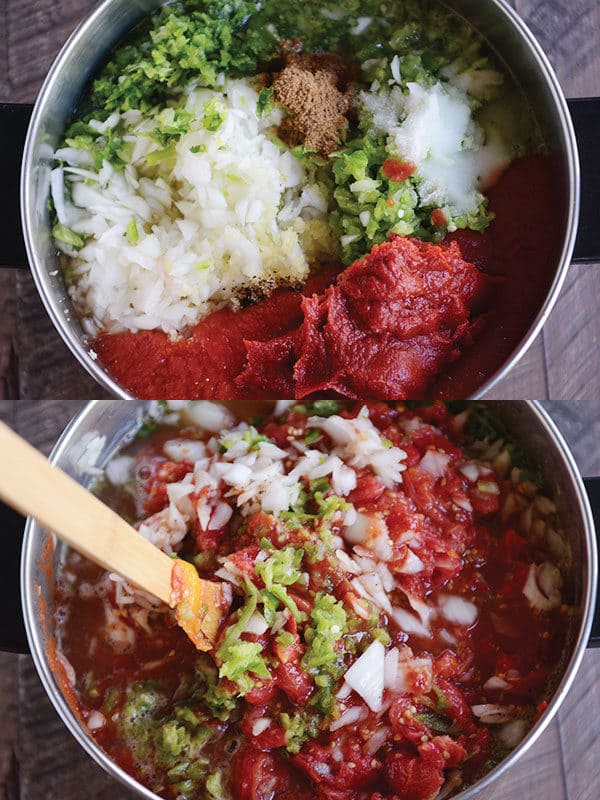
The Easiest Way to Remove Tomato Peels
The easiest way to remove the peel/skin from tomatoes is as follows:
- Cut the tomatoes in half and place them cut-side down on a baking sheet
- Preheat oven to broil and place an oven rack 8- to 10-inches away from the broiler element.
- Place the pan of tomatoes in the oven and BROIL for 3-4 minutes (watch closely!). You’ll know the tomatoes are ready when they swell and look taut and begin to bubble just a bit.
- When the pan is removed and as they cool, the tomato skins will wrinkle and peel off very easily.
The oven broiling method to remove tomato skins is so much easier and less messy than plunging the tomatoes into a water bath.
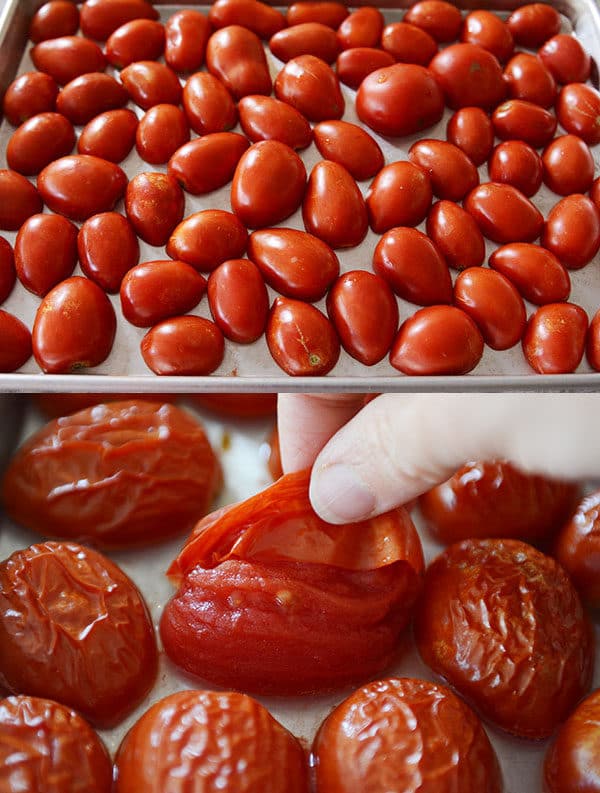
Notes About Salsa Flavors
As written, this salsa is not overly spicy. You can increase the heat level by leaving the seeds and membranes in the jalapenos or use peppers with more heat, like serrano or habanero peppers.
IMPORTANT: the flavors of this salsa get better and balance more evenly with time. So if it has an overly strong vinegar taste after canning, let it rest on the shelf for a week or so.
The best batch of this salsa I’ve ever made used half apple cider vinegar and half bottled lime juice. I will make it like that from now on!
For a step-by-step visual on making this salsa, scroll below the recipe for a tutorial. ⬇️⬇️⬇️
Made this this morning. It is by far the best homemade salsa I have ever had. Perfect!
—Diane
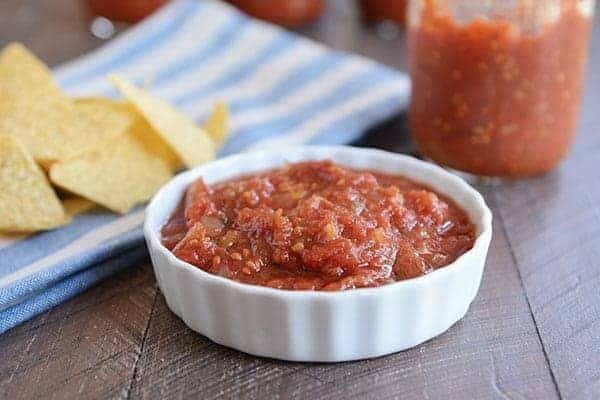
Canning Tools For Homemade Salsa:
*several products below are affiliate links to Amazon
- this over-the-sink colander is perfect for draining the tomatoes
- food processor – I’ve had this machine for over 10 years
- steam canner – this is the only way I can at home (approved by the National Center for Home Food Preservation)
- this simple canning toolset has just about everything needed for filling and handling the jars
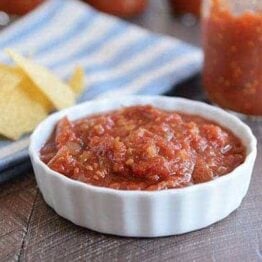
The Best Homemade Salsa
Ingredients
- 10 cups peeled, chopped and drained tomatoes (see note)
- 3 cups chopped onion
- 1 ¾ cups chopped green bell pepper
- 5 medium jalapeños, finely chopped, membranes and seeds removed (leave in for extra spice) – about 1 to 1 1/4 cups
- 7 cloves garlic, finely minced
- 2 ½ teaspoons ground cumin
- 2 ½ teaspoons coarsely ground black pepper
- 2 ½ tablespoons canning or pickling salt (see note)
- ⅓ cup chopped fresh cilantro
- ⅓ cup sugar, optional, depending on sweetness of tomatoes
- 1 ¼ cups apple cider vinegar (see note)
- 16 ounces tomato sauce, NOT optional – necessary for safe canning/proper pH
- 12 ounces tomato paste, optional if you want a thicker salsa
Instructions
- Combine all the ingredients in a large pot and bring to a boil. Reduce the heat and simmer for 10 minutes, stirring often.
- Fill sterilized pint-size canning jars within 1/2-inch of the top. Wipe the rim of the jar clean and seal with a lid and ring.
- Process in a water or steam bath canner for 15 minutes (add 5 minutes if you live at 1,001 to 3,000 feet; add 10 minutes for 3,001 to 6,000 feet; add 15 minutes for 6,001 feet to 8,000 feet).
- Remove the jars carefully from the water or steam bath and let cool to room temperature. Check to make sure the jars have sealed correctly (lightly press the top of the lid; it should be firm – if the center bubbles up and down when you press on it, it hasn’t sealed correctly and will need to be refrigerated or re-processed).
Notes
Recipe Source: adapted slightly (increased all the quantities appropriate for canning safety) from this recipe I found on the awesome GardenWeb site


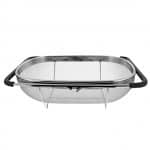
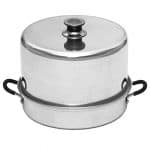
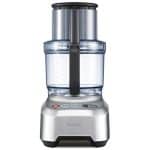
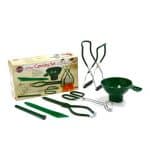
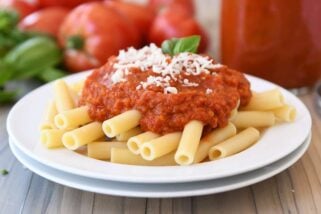

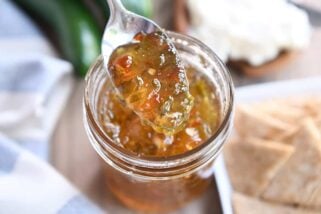
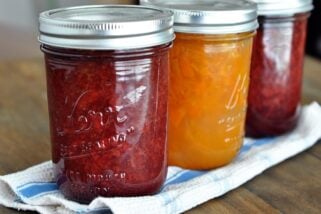
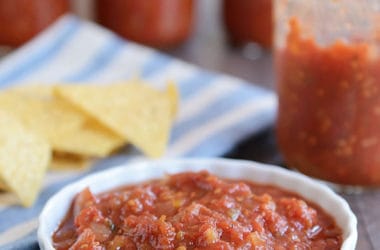
Do you cook the salsa before canning? Any recommendations appreciated!
I’ve mad this recipe for a few years now and today it turned out very sour. I did double the recipe. Any suggestions on how to safely remove the overly sour taste? I’ve never had it turn out this.
Hi Jessica, different flavor could be coming from a variety of different factors. Did you change the brand of tomato sauce or vinegar? Or the variety of tomatoes used?
I’ve been making salsa for many years. This is by far the best recipe.
I love this recipe and am making a batch from my garden harvest for the 5th year in a row. I don’t usually keep tomato sauce on hand, so add an extra 6 oz can of tomato paste along with 10 oz (1 C plus 2 Tbsp) of the tomato juice I reserve from draining the tomatoes instead of water. I got that ratio from looking up tomato sauce substitution, and I love that it allows me to use some of the tomato juice. The rest of the tomato juice, I drink! Love tasting the sunshine.